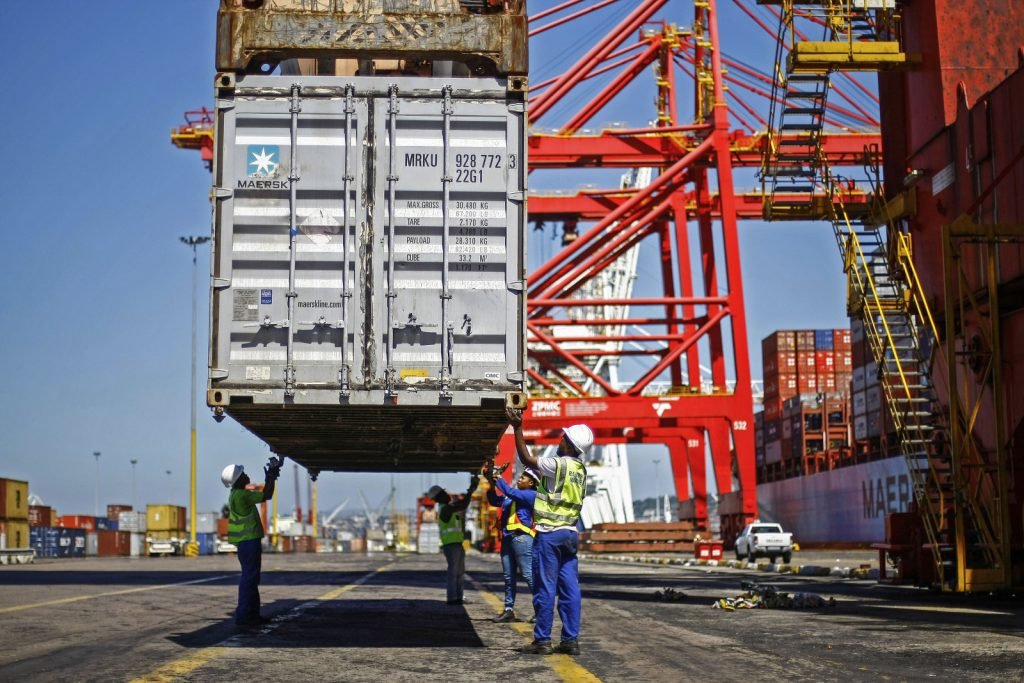Why is Eskom a Monopoly?
Eskom, South Africa’s public utility company, has long held a monopoly over the country’s electricity supply. This dominance is primarily due to a combination of government policy, legislative barriers, and historical factors.
Why is Eskom a Monopoly
Eskom is a monopoly because of government ownership and policy, legislative barriers, control over infrastructure, historical factors, and dominance in the energy source:
- Government Policy and Ownership: Eskom is a state-owned enterprise, managed and heavily subsidized by the South African government. It was created in 1923 to ensure the availability of reliable, affordable electricity to meet the needs of South Africa’s growing industrial sector. The government’s direct involvement in Eskom means that it has significant control over the country’s power generation and distribution, effectively establishing it as a monopoly.
- Legislative Barriers: South Africa’s energy policies and regulations have traditionally favored Eskom. For a long time, Eskom was the only entity legally permitted to construct and operate power stations in South Africa, effectively barring competition. Although the government has made strides towards deregulation and liberalization of the energy sector, the high barriers to entry in the electricity market continue to uphold Eskom’s monopoly.
- Infrastructure and Economies of Scale: Eskom owns and controls the vast majority of the country’s electricity infrastructure, including power stations, transmission lines, and distribution networks. This infrastructure advantage is not easily replicated by potential competitors due to the high capital costs involved in establishing and maintaining these facilities. Additionally, Eskom benefits from economies of scale – the cost advantages that arise with increased output of a product – which make it difficult for new, smaller companies to compete.
- Historical Factors: Eskom’s monopoly position has also been cemented by historical factors. The apartheid government heavily invested in the company, enabling it to build significant capacity and infrastructure. After the end of apartheid, the democratic government maintained this investment to ensure national electrification, inadvertently perpetuating Eskom’s monopoly.
- Energy Source Dominance: Coal is the dominant energy source for electricity generation in South Africa, and Eskom controls most of the country’s coal-fired power plants. As a result, Eskom’s monopoly extends to the coal industry as well.
While Eskom’s monopoly has ensured a consistent supply of electricity to the country, it has also led to several problems, including high tariffs, inefficiencies, and a lack of innovation due to the absence of competition. Recognizing these issues, the South African government has recently started encouraging private participation in the energy sector. Independent Power Producers (IPPs) are gradually entering the market, marking the beginning of a shift towards a more competitive electricity industry in South Africa.
However, breaking Eskom’s monopoly will require more than just inviting new players. It will involve comprehensive energy sector reform, adequate investment in infrastructure, and supportive policies that level the playing field for all stakeholders. These changes will take time, but they are crucial for creating a more sustainable and competitive electricity industry in South Africa.





